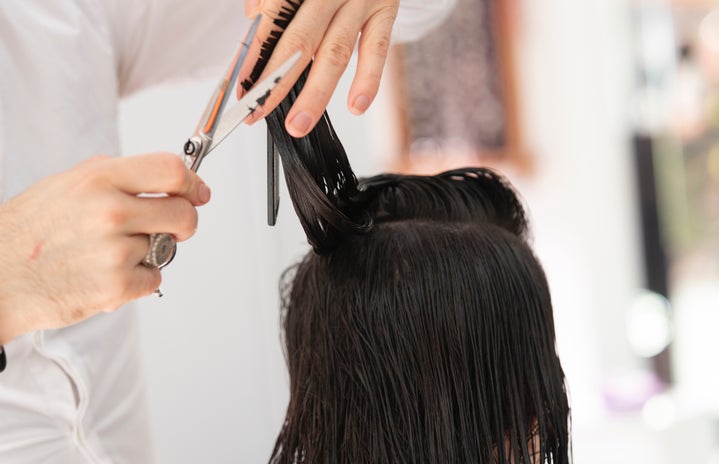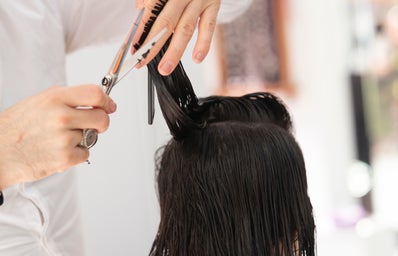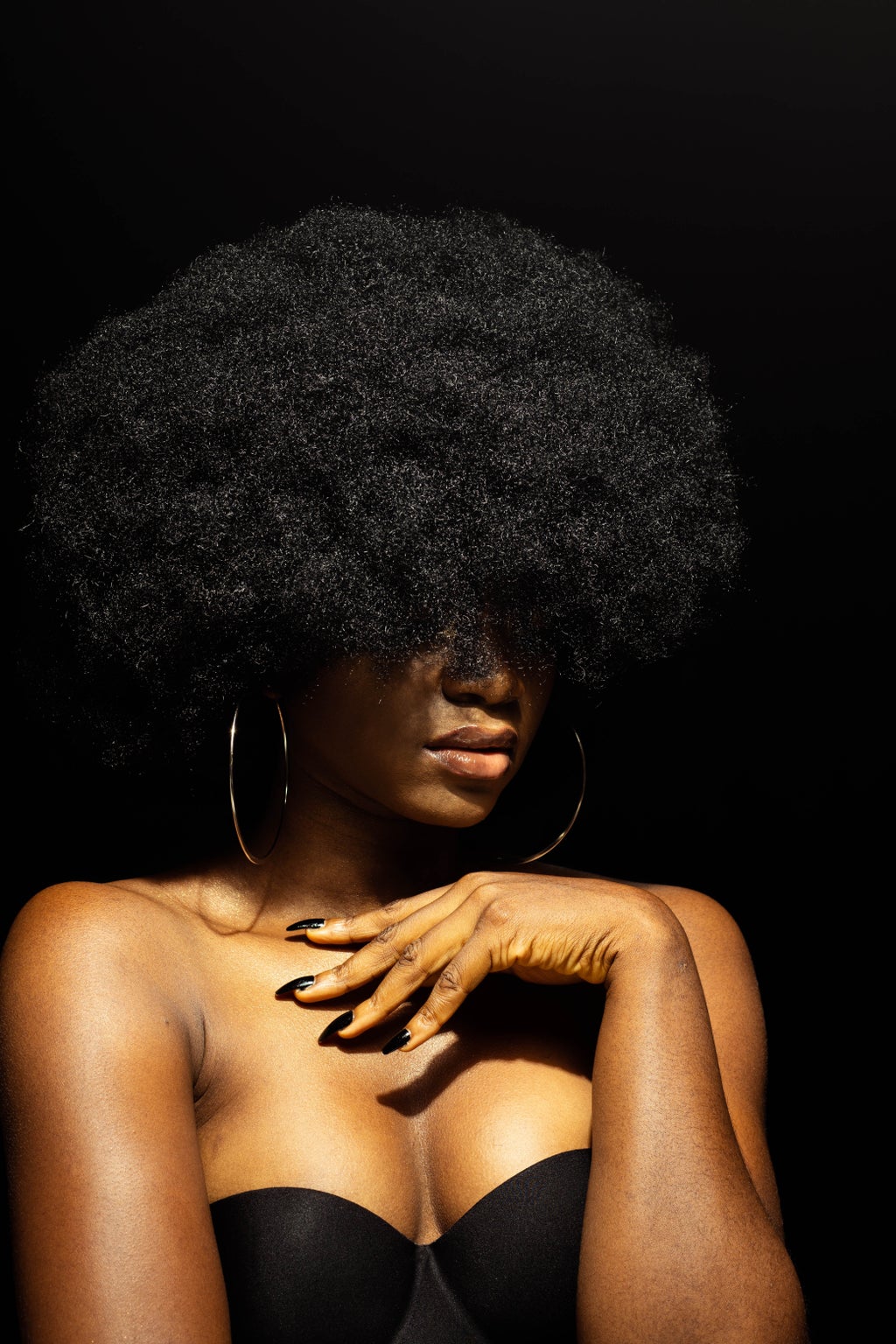Whether we’re just making ourselves presentable after waking up or going full glam, hair is a big part of our life and our identity, no matter how much or little we have.
If you’ve ever cut off a significant portion of hair, you may have considered having it turned into a wig, but most of the time, when we hit the salon, we don’t get that the minimum 10 inches it takes to donate a ponytail. So what happens to the itty bitty pieces that get swept into that disgusting hair-pile on the floor? Well, game-changing things, if we play our cards right.
We’ve been conditioned (pun intended) into viewing hair as a symbol of beauty. It’s become one of the many things we use endless products and tools on, spend endless time and money on, and try endless cuts and styles on, to make our hair long, shiny, soft, bouncy, face-flattering, etcetera, etcetera, etcetera. But something we need to start taking note of is the very real fact that hair is temporary – it either falls out or we cut it off- and when it’s no longer on our head it’s actually considered a biowaste.
Not the most attractive thing I could have said about hair, I know. But it’s true; our hair can actually harm the environment when it’s just tossed into the trash. Millions (I repeat: millions) of pounds of hair end up in landfills every year, despite it being compostable. Just from Canada and the U.S. alone there are 877 pounds of hair getting tossed into the dump every minute.
If finding out that an insane amount of hair is unnecessarily rotting inside our earth doesn’t alarm you, then finding out that when it breaks down in our common plastic garbage bags, it can actually create the greenhouse gas, methane should. Great news, though, there are actually companies dedicated to recycling hair waste and turning it into something that can help the environment, so if we pay attention we can do more good than harm.
Hair has a lot of great properties that make it an excellent resource when properly utilized. One strand of hair can support up to 10 million times its own weight – which might not seem like a lot, but paired with other strands, it’s small but mighty. Its uses include wool alternatives, hair rope and even bio-manufacturing for construction materials and housing insulation, which reduces the need for harmful synthetic materials to be used.
Most commonly, recycled hair is beginning to be used to absorb environmental pollutants. Just one kilogram of hair can absorb up to eight liters of oil and hydrocarbons. The hair is made into a mat, which can then be placed on top of storm drains or directly into the ocean.
Hair is also nitrogen-rich, so it is great for acting as a natural fertilizer in gardening. Because of this, it’s also being used as a potting felt for household plants, which helps to fertilize while saving water and deterring pests. It’s so good at helping things grow that hair has even started to play a role in restoring degraded land and seascapes, according to National Geographic.
Bottom line, when you next get a haircut, think about where your split ends are ending up because they could make a big impact on the earth. Oh, and if you’re worried that your damaged hair can be put to good use, here’s a bonus: the dyes and bleaches from hair waste can be burned to create energy. So however you prefer your hair, please shed responsibly, folks.





